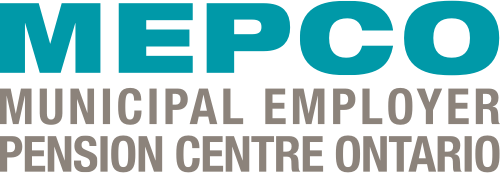Fire Prevention Tips for a Safe and Cozy Winter Season
By Cowan Insurance Group
As temperatures drop, people will soon turn on furnaces and space heaters, hang holiday decorations, and settle in for a cozy season. But while winter brings comfort, it’s also the peak time for preventable house fires.
In this blog, we’ll walk you through the most common fire risk factors and share practical fire prevention and emergency preparedness tips to help you stay safe and cozy all winter long.
COMMON RISK FACTORS FOR HOUSE FIRES
Understanding what increases the risk of a fire is the first step toward fire prevention. Here’s a breakdown of the most common ones:
- Smoking indoors greatly increases the risk of fire, especially when cigarettes are near flammable objects like curtains or bedding.
- Open flames, like candles, especially if they tip over or are unattended, can easily ignite nearby furniture or décor.
- Dryer lint traps can experience lint build up after laundry, which restricts airflow and increases heat, especially if they’re not cleaned regularly.
- Unattended food on the stove or in the oven can spark a kitchen or grease fire.
- Holiday decorations near open flames or if they overload electrical outlets can trigger a fire.
- Electrical issues, including faulty wiring and aging appliances, are common fire starters. Never ignore signs like flickering lights and frequent breaker trips.
FIRE PREVENTION TIPS FOR THE HOME
Although there are several fire risk factors, there are also simple ways to help reduce the risk. Here are some key fire prevention tips you can use:
Install smoke alarms & fire extinguishers
Install smoke alarms on every level of your home, especially near bedrooms. Test them regularly and consider replacing the batteries once a year. Additionally, keep a fire extinguisher in key areas like the kitchen, and ensure everyone knows how to use it.
Clean dryer lint trap and vent system
Clean the lint trap after every load of laundry. You may also want to check the dryer’s vent system regularly to ensure it’s clean, connected properly, and there are no blockages. While it’s possible to do this yourself, you can hire a professional.
Avoid overloading outlets
Avoid plugging too many items into one outlet, including when using a power strip with surge protection, to prevent overloading. Don’t use multiple extension cords connected to one another either. Finally, if an outlet or power strip feels warm or sparks, turn everything off and call a licensed electrician.
Practice kitchen safety
Since house fires often start in the kitchen, it’s important to implement a few kitchen safety practices. Here are some examples:
- Never leave cooking unattended
- Don’t leave kitchen towels and other flammable items near the stove
- Keep pot lids nearby to smother grease fires
- Turn handles of pots and pans inward to prevent spills
- Keep a fire extinguisher in or near the kitchen and make sure everyone knows how to use it
- Learn the types of fire extinguishers; Class K is specifically designed for kitchen fires involving grease and oils
Heating system and open flame safety
An annual furnace inspection helps ensure your furnace is functioning efficiently without issues that could cause a fire. Another heating safety tip is to unplug space heaters before you go to sleep or leave your home.
Furthermore, when using candles, place them in sturdy holders away from flammable objects like curtains. Extinguish them before leaving the room as well. Finally, never leave your fireplace unattended, and consider keeping flammable objects away from it as well.
Regular exterior maintenance
Remove fallen leaves and dead vegetation from your home and property regularly, paying particular attention to your roof and gutters. Consider how you’re storing flammable materials as well, such as propane tanks for your barbeque or extra gas cans for your car or lawn mower.
EMERGENCY FIRE PREPARATION TIPS
Being prepared in case a fire occurs is equally important to reducing the risk of one. Here are some emergency fire preparedness tips to put into practice:
Create a fire evacuation plan
How will you get out of your home if a fire occurs? Where will you meet your family once outside? These are a couple of the questions your fire evacuation plan should answer.
Create a home map marking all windows and doors. Plan a primary escape route for each room, plus an alternate if possible. Choose a visible outdoor meeting spot, such as a mailbox or tree. Practice your escape plan regularly, including at least one drill using alternate routes.
Keep a fireproof box
A portable fireproof box can be helpful for protecting essential documents in case of a fire. Here are some items to consider including:
- Passports
- Birth certificates
- Property insurance details
- Wills
- Bank card photocopies
- Emergency cash
Only grab the box if you can do so without slowing down your escape. Placing it in a safe, but accessible location on one of the main escape rooms may help.
Maintain home insurance
Keeping your home insurance policy updated is essential for recovering from the financial impact of a fire. Fire coverage can help cover costs for repairs or rebuilding, replace damaged belongings, and even cover temporary living expenses. Be sure to review your policy so you fully understand your coverage and responsibilities.
Speaking with a knowledgeable insurance broker, such as the experts at Cowan Insurance Group, can assist you in reviewing your home insurance, providing you with the confidence that your fire coverage aligns with your needs and risk tolerance.
If you're a municipal employee or elected official, learn more about the LAS personal home and auto insurance service.





